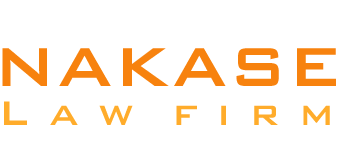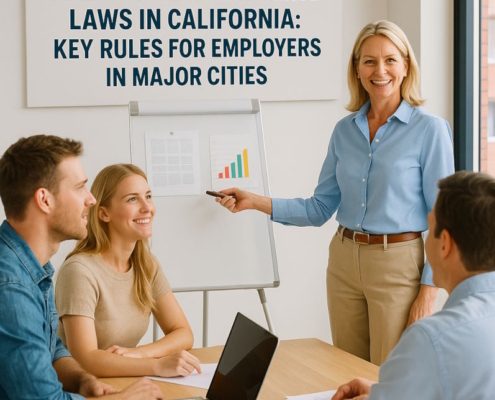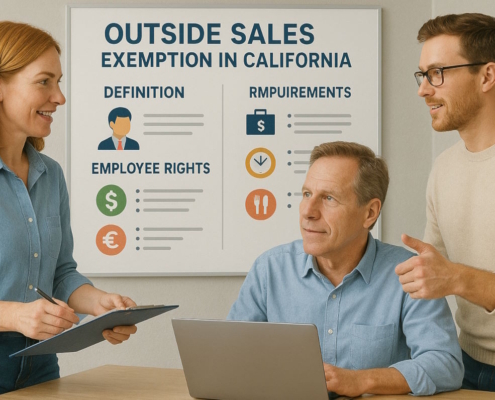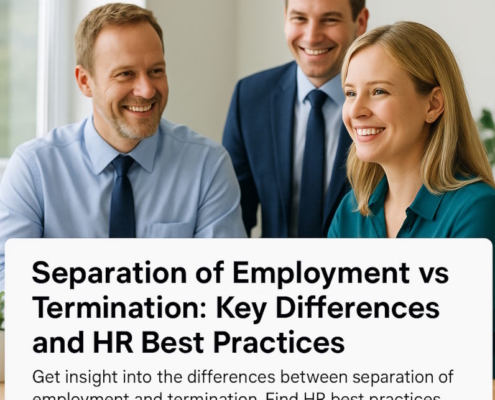CA Pay Data Reporting: What is it?
This mandate, which targets firms with more than 100 staff members and those obligated to submit an EEO-1 statement under federal law, was enacted to advance equitable wages and prevent wage discrimination. The state can examine such pay inequalities and take the necessary steps to resolve them thanks to the data collected, which includes income information sorted by job category, race, gender, and ethnicity.
What’s new?
1. Median and Mean
Employers are required by Senate Bill 1162 to calculate and disclose the median and mean hourly wage for their labor contractor and/or payroll employees. Every company must complete this, with wage bands, job categories, ethnicity/race, and sex split down.
2. Reports on Labor Contract Employees
Just payroll reports for employees had to be submitted in the past. Employers who recruit over one hundred workers over the span of one year are now required to report all labor contractor workers.
3. Penalties for labor contractors
A contractor may be penalized for failing to cooperate with the employer if they fail to give the necessary information.
Who is required to submit a California Pay Data Report?
If a private employer meets the following requirements, they are required to file the California Pay Data Report:
- Employment Size: Companies with 100 or more workers, including temporary, part-time, and full-time staff.
- Federal Reporting Duties: Employers who, in accordance with federal law, must submit an EEO-1 (Employer Information Report) each year.
- Conducting Business in California: The reporting obligation applies to businesses that meet the aforementioned requirements and have at least 1 employee in California.
Will employer pay records be made public by California?
The DLSE/Labor Commissioner’s Office, CRD, and their employees are prohibited from publicly revealing any personally identifiable information obtained under their control prior to starting a probe or enforcement proceeding under Section 1197.5 (Labor Code) or Government’s code Section 12940, as stated in Section 12999 (Government Code). This is only possible to the degree required for the enforcement action. Data supplied In accordance with this section that is linked to a specific individual or company is referred to as personally identifiable information.
What is the duration of record-keeping by the California CRD (Civil Rights Department)?
Employer records will be kept on file by the CRD for a minimum of 10 years.
When is the Pay Data Report submission deadline?
Section 12999(a) of the Government Code states that the second Wed of May is the deadline for submitting salary data reports to CRD each year. In particular, reports pertaining to Reporting Year 2024 must be submitted by 10th May 2025.
The CRD (California Civil Rights Department) may seek a court order requiring the employer to comply with the state’s wage data reporting requirements if it does not receive the required report by the deadline. In this instance, the court may impose a civil penalty on the company or labor contractor who failed to timely submit the necessary pay data, and CRD may recover costs associated with getting the compliance order.
CRD may think about postponing its request for an order of compliance if a Labor Contractor Worker Report is filed beyond the 10th May 2025 deadline, as a result of the new rule mandating companies to submit Labor Contractor Employee Reports for their employees employed via labor contractors. This postponement could go until Monday, 10th July 2025.
Can companies ask for an extension?
Employers must sign up on the portal, fill out the necessary form, and submit it by 10th May 2023, if they want to ask for an enforcement deferment period for the Labor Contractor Worker Report beginning on 18th Apr 2023. Requests made via this portal will be the only ones accepted by CRD; requests made by phone or email will be ignored. Additionally, CRD will not consider requests made by PEOs (Professional Employer Organizations) or any third parties acting on behalf of a company. The request can only be submitted by the employer, and the deferral period that is granted will only apply to that particular employer.
What consequences result from employers not filing?
More sanctions have been added for employers who fail to submit mandatory wage data reports after Senate Bill 1162 was passed. The Department has the power to ask a judge to issue an order requiring an employer who was obligated to file the report but didn’t do so to provide the required report. Additionally, if an employer fails to file a necessary report, the Department may impose civil fines of a hundred dollars per employee; if the company fails repeatedly, the penalties double to $200 for each employee.
What kinds of CA Pay Data Reporting are there?
CA Pay Data Reporting comes in two varieties at the moment. These consist of:
- Employee Payroll Reports
- Employee Reports for Labor Contractors
How do employers choose a snapshot timeframe and what does it mean?
According to Gov. Code 12999 (b) (4), the “Snapshot Period” is a specific pay period that occurs between 1st October and 31st December of the Reporting Year. Within this window, employers are free to choose any one pay period as the Snapshot Period. Employers use this time frame to determine whether workers should be part of the pay information report that is sent to CRD.
Some employers have asked for advice on choosing their Snapshot Period, especially those with variable pay periods (like bi-weekly and monthly payments). It is essential to comprehend the reason for this time. The only purpose of the Snapshot Period is to identify the payroll workers who need to be listed in the Payroll Worker Report.
An employer must select a consistent time range for finding the relevant individuals because the staff can fluctuate throughout the year. It should be noted that a worker’s inclusion is based on their employment status during that Snapshot Period, not whether they received compensation in that period.
What would happen if a Snapshot Period employee didn’t work the entire time? Does the report still need to include the employee?
Yes, it would still be necessary to add the individual. The same would apply if the worker also fit into any of the following categories:
- Hired
- Terminated
- Resigned
If the worker worked at any time during the Snapshot Period, they must be reported.
Should employees who are assigned to a California establishment but telework from a home outside of the state be included in the pay data report?
Indeed, these workers may still be considered California workers, and as such, they need to be listed in the CA Pay Data Reporting.
Does an employer have an obligation to disclose a worker who resides in California but works at a location outside of California?
Only if a worker works in California must they be accounted for in the pay data report. For example, it is necessary to report a worker who frequently works remotely from California.
What is the Major Activity of an establishment?
Employers are required to include information about every establishment’s primary activity in their CA pay data reporting. This data should be sufficiently detailed to identify the particular industry, the manufactured good, or the service provided. A business doing several activities should highlight the activity that gives employment to the most people. Companies rely on the NAICS (North American Industry Classification System) to set out the essential duties of the business.































